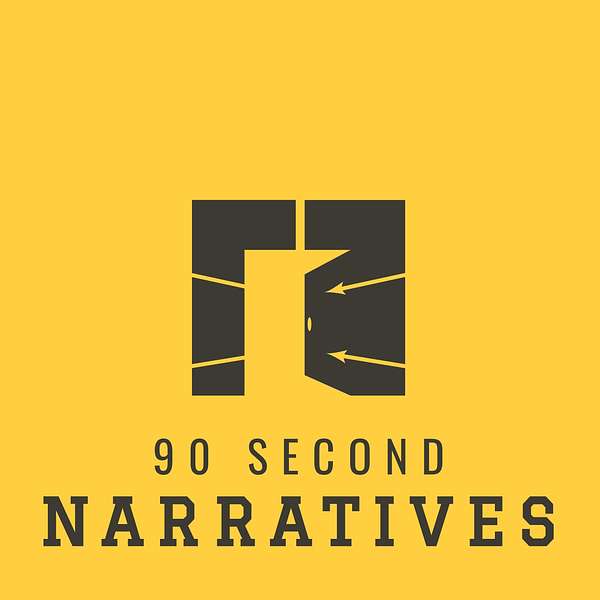
90 Second Narratives
90 Second Narratives
A Late Medieval “How To” Book
“Nicholas Neesbett was an experienced healer in fifteenth-century England…”
So begins today’s story from Dr. Melissa Reynolds.
For further reading:
Melissa Reynolds. “The Sururgia of Nicholas Neesbett: Writing Medical Authority in Later Medieval England.” Social History of Medicine 34 (2021)
How To: Reading Medicine and Science in England, 1400–1600 by Melissa Reynolds (forthcoming)
Episode transcript:
https://skymichaeljohnston.com/90secnarratives/
90 Second Narratives
Season 6: “Books”
Episode 2: “A Late Medieval ‘How To’ Book”
Sky Michael Johnston:
Hello and welcome to 90 Second Narratives, I’m Sky Michael Johnston. Today our season on the theme Books continues with a story from Dr. Melissa Reynolds, a Perkins-Cotsen Postdoctoral Fellow in the Society of Fellows at Princeton University. And here she is with, “A Late Medieval ‘How To’ Book.”
Melissa Reynolds:
Nicholas Neesbett was an experienced healer in fifteenth-century England. He knew how to apply ointments for cuts or bruises, how to staunch a bleeding wound, and how to brew special drinks to cure ailing patients. Even so, his skills as a healer would be lost to time if he hadn’t chosen to put his knowledge in writing and compose a “how to” book of surgical techniques. He copied out the recipes for ointments and salves and special drinks that he used in his own practice—most of which we can trace back to earlier Latin medical manuals written by university faculty in the thirteenth and fourteenth centuries. But he also added his own commentary to these recipes: he explained how to locate and harvest local herbal ingredients that were cheaper to use but just as effective as the original recipes. He described his special techniques for the application of salves or ointments. He recognized the limitations of his reader, describing for example what the chemical ingredient rock alum looked like, and how to get it from the apothecary. At one point, he even reflected on the work of writing, asking rhetorically, why he was copying more recipes when those he’d included already were good enough? Neesbett was a real pioneer at a time when book-learning was just beginning to move out of Latin and into the languages that people spoke. He recognized that writing was a means to elevate his status as an expert healer, and a means to preserve his knowledge for posterity. By some lucky chance, his small surgical manual survived for over five hundred years in the Ashmole Collection at the Bodleian Library at Oxford University, where we can still read and appreciate his medical skill today.
Sky Michael Johnston:
To learn more about Nicholas Neesbett and his remarkable “how to” book, have a look at Dr. Reynolds’ new article in the journal, Social History of Medicine, entitled, “The Sururgia of Nicholas Neesbett: Writing Medical Authority in Later Medieval England.” And Dr. Reynolds is also working on a book manuscript with the title, How To: Reading Medicine and Science in England, 1400–1600. So, keep an eye out for more amazing scholarship from Dr. Reynolds about book history in late medieval and early modern England.
Thank you for being here today. Come back next week for another story about the history of books from the podcast that gives you “little stories with BIG historical significance.”